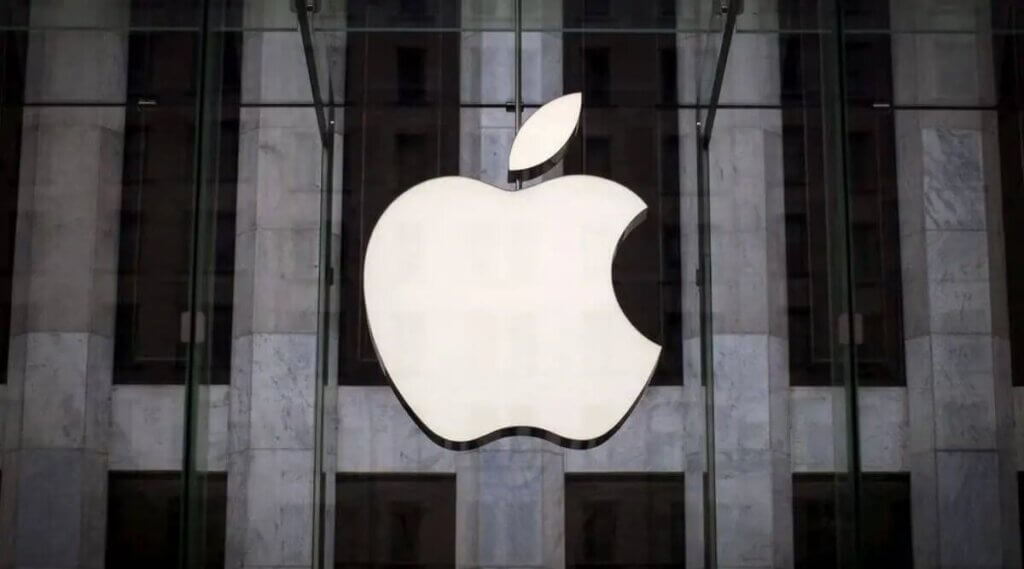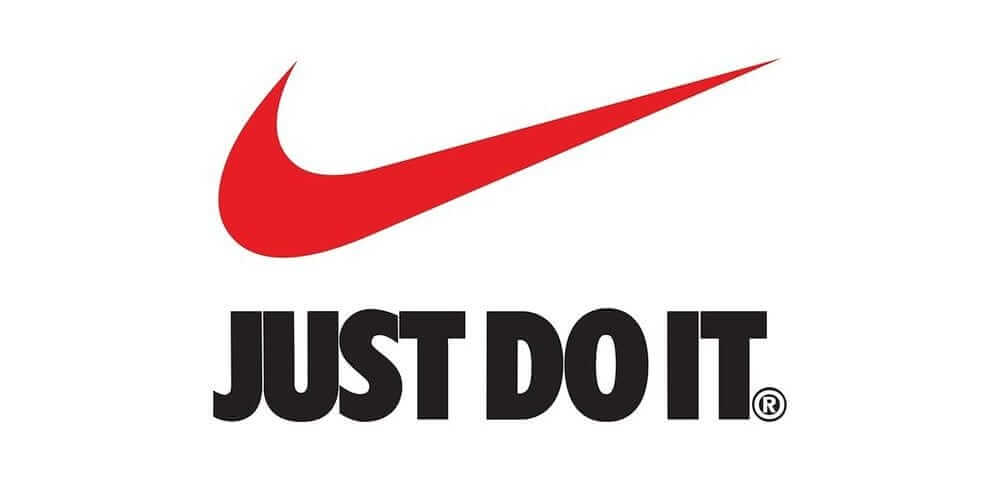Key Takeaways
- A strong brand identity builds recognition and trust – Successful brands like Apple, Coca-Cola, and Nike use a consistent visual identity, messaging, and branding design to create lasting connections with their audience.
- Brand identity is more than just a logo – It includes color palettes, typography, tone of voice, and overall brand strategy identity, all working together to create a unique and memorable presence.
- AI is revolutionizing brand identity creation – Brand identity AI tools help businesses streamline logo design, automate branding elements, and maintain consistency across multiple channels.
- Consistency and adaptability are key to success – While building a brand identity, brands must stay consistent with their visual branding while evolving with trends to remain relevant in a competitive market.
- Every business needs a strategic approach to branding – Whether you’re creating a brand identity from scratch or refining an existing one, having a clear brand strategy identity ensures alignment with business goals and customer expectations.
In today’s crowded marketplace, standing out isn’t just an advantage, it’s a necessity. That’s where brand identity comes in. More than just a logo and brand identity elements, the brand identity represents the personality of a business. It’s how customers recognize and connect with a brand, shaping their perceptions and trust over time.
A well-crafted brand identity design does more than look good, it creates an emotional bond with consumers. Think about Apple’s sleek minimalism, Coca-Cola’s signature red, or Nike’s bold swoosh. These brands aren’t just selling products; they’re selling an experience, a feeling, and a promise, all of which stem from a strong visual identity design and branding and identity strategy.
In this blog, we’ll explore 10 powerful brand identity examples from top companies that have mastered the art of branding and identity design. We’ll break down how logo brand design, colors, typography, and visual branding contribute to brand recognition and loyalty. Whether you’re launching a startup or building a brand identity for an established business, these examples will offer valuable insights to help you create a strong, memorable business identity.
Let’s dive in.
What makes a strong brand identity?
A strong brand identity is more than just a name or a logo,it’s the complete visual identity and messaging that defines how a brand is perceived. While branding and identity are often used interchangeably, the brand identity focuses on the tangible elements that shape recognition and trust.
Key Components of a Strong Brand Visual Identity:
- Logo and Brand Identity – The face of the brand that creates instant recognition. A well-crafted logo brand design plays a vital role in setting the tone for a business.
- Color Palette & Typography – These elements influence consumer emotions and shape visual identity design, making brands more memorable.
- Messaging & Tone – A consistent voice across all platforms strengthens branding and identity design, helping businesses connect with their audience.
- Brand Strategy Identity – A successful brand ensures its business identity aligns with its goals, values, and long-term vision.
A cohesive branding design ensures that every interaction reinforces the brand’s message, creating a lasting impact on customers.
10 Best Brand Identity Examples (With Key Takeaways)
A strong brand identity is the foundation of a memorable business. The best brands craft a cohesive visual identity that resonates with their audience, using consistent branding design, messaging, and aesthetics. A well-defined brand identity design helps businesses stand out, build trust, and create lasting customer relationships. Below are 10 powerful brand identity examples that showcase the impact of strategic branding.
1. Apple – Minimalist Branding Design That Reflects Innovation

Apple is the epitome of branding and identity done right. Its logo brand design is simple yet instantly recognizable. The use of a sleek, minimalist visual identity design, combined with a focus on innovation, has positioned Apple as a leader in the tech industry. Everything from its product packaging to its retail store aesthetics follows a clean, consistent brand identity design that reinforces its premium appeal.
Key Takeaway: Less is more. A simple, minimalist brand strategy identity can be highly effective in creating a strong brand presence.
2. Coca-Cola – Timeless Visual Branding That Builds Emotional Connections

Coca-Cola has one of the best brand identities in history, with its classic red-and-white color scheme and iconic typography. Its branding has remained consistent for over a century, making it instantly recognizable across the globe. The brand focuses on emotional storytelling, reinforcing happiness and togetherness through its marketing.
Key Takeaway: A strong visual branding that stays consistent over time can make a brand timeless and universally recognizable.
3. Nike – Strong Logo Brand Design and Motivational Messaging

Nike’s logo and brand identity is centered around its iconic swoosh logo and the tagline “Just Do It.” The brand embodies empowerment, performance, and motivation. Nike effectively uses visual identity elements such as bold typography, powerful imagery, and a sporty aesthetic to communicate its identity.
Key Takeaway: A powerful branding design should evoke emotions and create an aspirational connection with consumers.
4. McDonald’s – Bright, Recognizable Brand Identity Design for Mass Appeal

McDonald’s uses bright, cheerful colors like red and yellow to trigger appetite and energy. Its branding and identity design is consistent across all locations, from restaurant interiors to digital ads. The golden arches logo is one of the most recognized symbols in the world.
Key Takeaway: A well-thought-out brand visual identity that considers color psychology can enhance brand recognition and appeal.
5. Google – Adaptive and Ever-Evolving Brand Strategy Identity

Google’s brand strategy identity focuses on adaptability while maintaining a distinct, playful visual style. The brand frequently updates its design elements, including its dynamic Google Doodles, yet its core elements—such as the multicolored logo—remain recognizable.
Key Takeaway: Brands should be flexible and innovative while ensuring that their core identity remains intact.
6. Tesla – Futuristic Identity of Brand Focused on Sustainability

Tesla’s branding design is centered around cutting-edge technology, sustainability, and luxury. The sleek visual identity design of Tesla cars, combined with its minimalist logo, conveys innovation and sophistication. The brand positions itself as the future of transportation.
Key Takeaway: A brand’s business identity should align with its vision and innovation to reinforce its position in the market.
7. Starbucks – Unique Visual Identity Design Built Around Storytelling

Starbucks has successfully created a brand and brand identity that feels personal and community-driven. The green siren logo, warm café interiors, and handwritten name on coffee cups make customers feel part of a larger experience. The brand’s visual branding is consistent across all locations worldwide.
Key Takeaway: Branding and identity should create an emotional experience that fosters customer loyalty.
8. Amazon – Customer-Centric Branding and Identity Approach

Amazon’s branding and identity focuses on convenience, speed, and trust. Its smile-shaped arrow in the logo represents customer satisfaction. The brand’s business identity is built around delivering seamless shopping experiences through personalization and fast service.
Key Takeaway: A brand’s identity design should align with its customer experience and core values.
9. Airbnb – Community-Driven Brand and Brand Identity

Airbnb’s branding and identity design centers around the idea of belonging. Its heart-shaped logo and brand identity, soft color palette, and user-generated content create a warm and welcoming feel. Airbnb’s storytelling approach fosters emotional connections with travelers and hosts.
Key Takeaway: A brand should craft a branding and brand identity that aligns with its mission and audience expectations.
10. Slack – Fun Yet Professional Business Identity

Slack has built a business identity that balances professionalism with a playful, friendly tone. Its bold, colorful logo brand design and clean interface make workplace communication feel effortless and engaging.
Key Takeaway: Branding and identity design should reflect the brand’s personality while staying functional and user-friendly.
How to Create a Brand Identity for Your Business
A strong brand identity is the foundation of a company’s success. If you look at brand identity examples from leading businesses, you’ll notice a clear strategy behind their logos, colors, typography, and messaging. Whether you’re launching a startup or rebranding, understanding how to create a brand identity is essential. Below are six key steps to developing a cohesive and recognizable brand identity design that resonates with your audience.
Step 1: Define Your Brand Strategy Identity – Mission, Vision, Values
Before jumping into branding design, you must define your brand strategy identity. This includes your mission (why your brand exists), vision (your long-term goal), and values (the principles that guide your business). Strong brand identity examples show that companies with well-defined strategies create stronger connections with their audience.
Key Tip: Identify what sets your brand apart and ensure your branding and identity design reflects your core values across all customer touchpoints.
Step 2: Design Your Logo and Brand Identity – Importance of Logo Design
Your logo and brand identity are the most recognizable elements of your business identity. The best brand identity examples have logos that are simple, memorable, and aligned with the brand’s personality. Alongside your logo, elements like color schemes, typography, and imagery contribute to a cohesive brand visual identity.
Key Tip: Choose a logo brand design that reflects your industry while maintaining a distinct and memorable look.
Step 3: Choose a Visual Identity Design – Colors, Fonts, and Aesthetics
Your visual identity design plays a major role in shaping customer perceptions. Elements such as colors, fonts, and imagery must work together to establish a consistent and visually appealing branding and brand identity. Look at brand identity examples like Coca-Cola, Apple, and Starbucks, each uses a strong visual branding strategy to create brand recall.
Key Tip: Ensure your design visual identity remains consistent across all platforms, including digital and print.
Step 4: Craft Your Brand Messaging & Voice – Consistency Across Platforms
A strong brand and brand identity isn’t just about visuals; it also includes how you communicate. Your brand voice—whether formal, friendly, or bold—should remain consistent across all platforms. Successful brand identity examples prove that a well-defined voice strengthens audience engagement and trust.
Key Tip: Develop messaging that aligns with your brand strategy identity and stays consistent in every interaction.
Step 5: Apply Branding and Identity Design Consistently – Website, Marketing, and Packaging
Consistency is key to building a brand identity that is strong and recognizable. Your website, social media, advertisements, and product packaging should all reflect a unified branding design. Many best brand identities follow clear guidelines that define how their branding and identity should be presented.
Key Tip: Invest in brand services to maintain consistency in your branding and identity design across all marketing and communication channels.
Step 6: Adapt and Evolve Your Branding – Keep Up with Trends and Audience Preferences
The best brand identity examples show that successful brands evolve while maintaining core elements of their identity. Businesses like Google, Airbnb, and Tesla have updated their brand visual identity over time without losing their essence. Emerging trends, such as brand identity AI, are now influencing how companies refine their business identity to better connect with modern consumers.
Key Tip: Keep track of industry trends and audience behavior to ensure your identity of brand remains relevant in a changing market.
The Future of Brand Identity: AI & Innovation
As technology continues to evolve, brand identity AI is playing a significant role in reshaping brand design and how businesses establish their presence. From visual identity design to messaging and personalization, AI-driven tools are making it easier than ever for brands to create, refine, and scale their brand identity design effectively. The integration of AI in branding and identity is not just a trend—it’s the future of how businesses define and maintain a strong brand visual identity in a fast-changing market.
How Brand Identity AI is Transforming Brand Design
AI-driven tools are revolutionizing branding design by automating processes that once required extensive manual effort. Many of today’s best brand identities are leveraging AI to analyze market trends, consumer behavior, and design preferences to develop a unique and compelling business identity.
For example, AI can generate multiple brand identity design variations in minutes, allowing companies to test different logo and brand identity combinations to see which resonates best with their target audience. AI can also enhance visual branding by ensuring color palettes, typography, and imagery align with consumer psychology.
Key Takeaway: AI enables brands to create highly data-driven, adaptive branding and identity design that evolves with market trends.
AI-Powered Tools for Creating a Brand Identity Effectively
Brands no longer need to rely solely on traditional design agencies for creating a brand identity. AI-powered tools provide businesses with instant access to brand services that streamline the entire branding process. Some of the most effective AI-driven branding and identity tools include:
- AI-based Logo Generators – These tools analyze design trends and business descriptions to create optimized logo brand design concepts instantly.
- Automated Brand Strategy Tools – AI can assess a company’s mission, values, and industry positioning to generate a complete brand strategy identity that aligns with business goals.
- Visual Identity Design Platforms – AI enhances design visual identity elements, helping brands maintain consistency in their digital and physical presence.
Key Takeaway: AI-powered branding tools enable businesses to build a brand identity with greater efficiency, precision, and scalability.
The Role of Automation in Branding and Identity Design
Automation is now at the core of modern branding and brand identity strategies. It allows businesses to maintain visual identity consistency across all channels, from websites to social media, product packaging, and digital ads. AI-driven automation tools assist in refining brand and brand identity elements by analyzing real-time engagement data and suggesting optimizations.
For instance, AI can dynamically adjust branding elements based on customer interactions, ensuring that brands remain relevant and personalized to their audience. This is especially useful for companies managing multiple products or services under one unified business identity.
Key Takeaway: Automation ensures that brands maintain a consistent identity of brand while continuously improving based on consumer feedback and data insights.
Conclusion
Developing a strong brand identity is crucial for standing out in today’s competitive market. The best brand identities successfully combine brand design, strategy, and consistency to create a memorable presence. As we’ve explored in these brand identity examples, top companies like Apple, Nike, and Coca-Cola have mastered the art of branding and identity design by using distinct visual branding, compelling storytelling, and a strategic approach to brand communication.
If you’re in the process of creating a brand identity, take inspiration from these leading brands. Whether it’s refining your logo and brand identity, enhancing your visual identity design, or implementing a strong brand strategy identity, the key to success lies in consistency and adaptability.
As AI continues to evolve, tools like brand identity AI are making it easier than ever for businesses to craft an effective brand visual identity with data-driven insights and automation. Companies investing in the right branding and identity strategies can ensure their business identity remains relevant and impactful.
Now, we’d love to hear from you! What are some of your favorite brand identity examples? Share your thoughts and branding and identity strategies in the comments below!
FAQs :
1. What is brand identity?
Brand identity is the collection of visual and design elements, like logos, colors, typography, and messaging that create a brand’s unique look and feel.
2. Why is brand identity important?
A strong brand identity helps businesses establish credibility, connect with their audience, and stand out in a competitive market.
3. What are some key elements of a strong brand identity?
Key elements include a memorable logo, consistent color scheme, typography, brand voice, and messaging that aligns with the company’s values.
4. Can small businesses create a strong brand identity?
Yes! Small businesses can build a strong brand identity by defining their brand values, designing a cohesive look, and maintaining consistency across all platforms.



